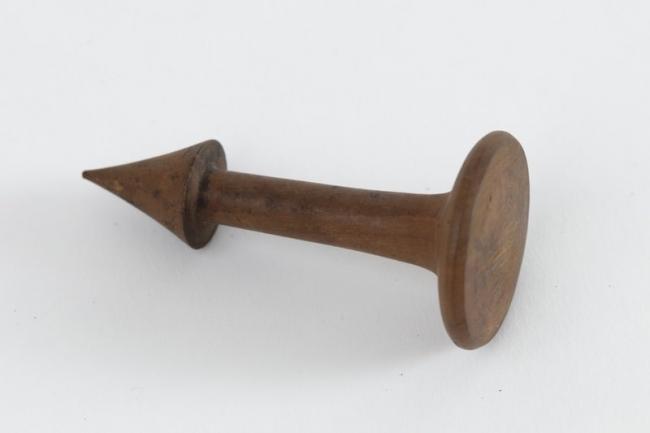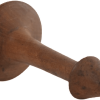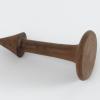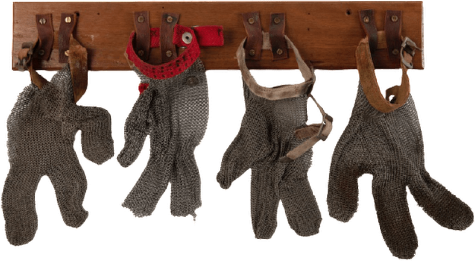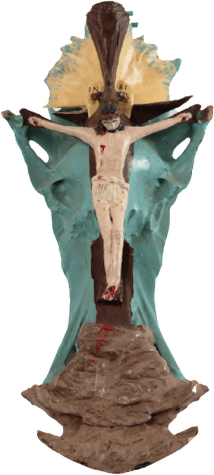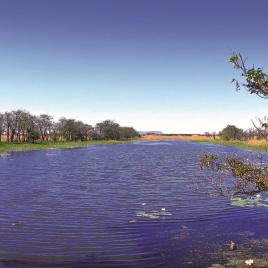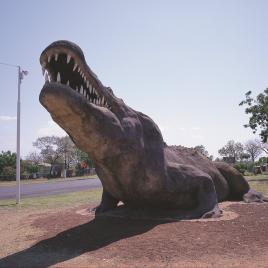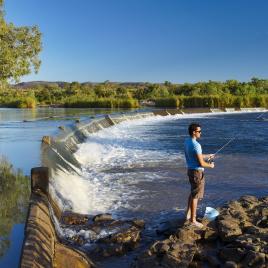Camel nose peg
Only a few clues remain to document the contribution of the ‘Afghan’ cameleers to the settlement of the East Kimberley. In its rough terrain, dominated by gorges, rivers and ranges, camels were used to transport supplies to many of the pastoral leases and inland settlements from Halls Creek, to the south, to Timber Creek, to the east. Teams were run by ‘Afghan’ cameleers (who were actually from anywhere on the Indian sub-continent, arriving as British subjects in the early 1900s). Nose pegs allowed each camel to be linked, by a light rope, to the tail of the camel directly in front of them. Like all ‘aliens’, the Afghans were ostracised and unable to own land or hold citizenship in the new colony of Western Australia. Cameleers eventually secured a lease on the outskirts of Wyndham, setting up a camp at the “Four Mile”, which now marks the entrance to the new town. Here they kept their camels, established a mosque and buried their dead. Other traders established gardens and provided fresh vegies to the town. The Museum pays tribute to identities such as Lal Mahomet, Zamman Shah and Salli Malay for their contribution and hard work to the development of the town.


